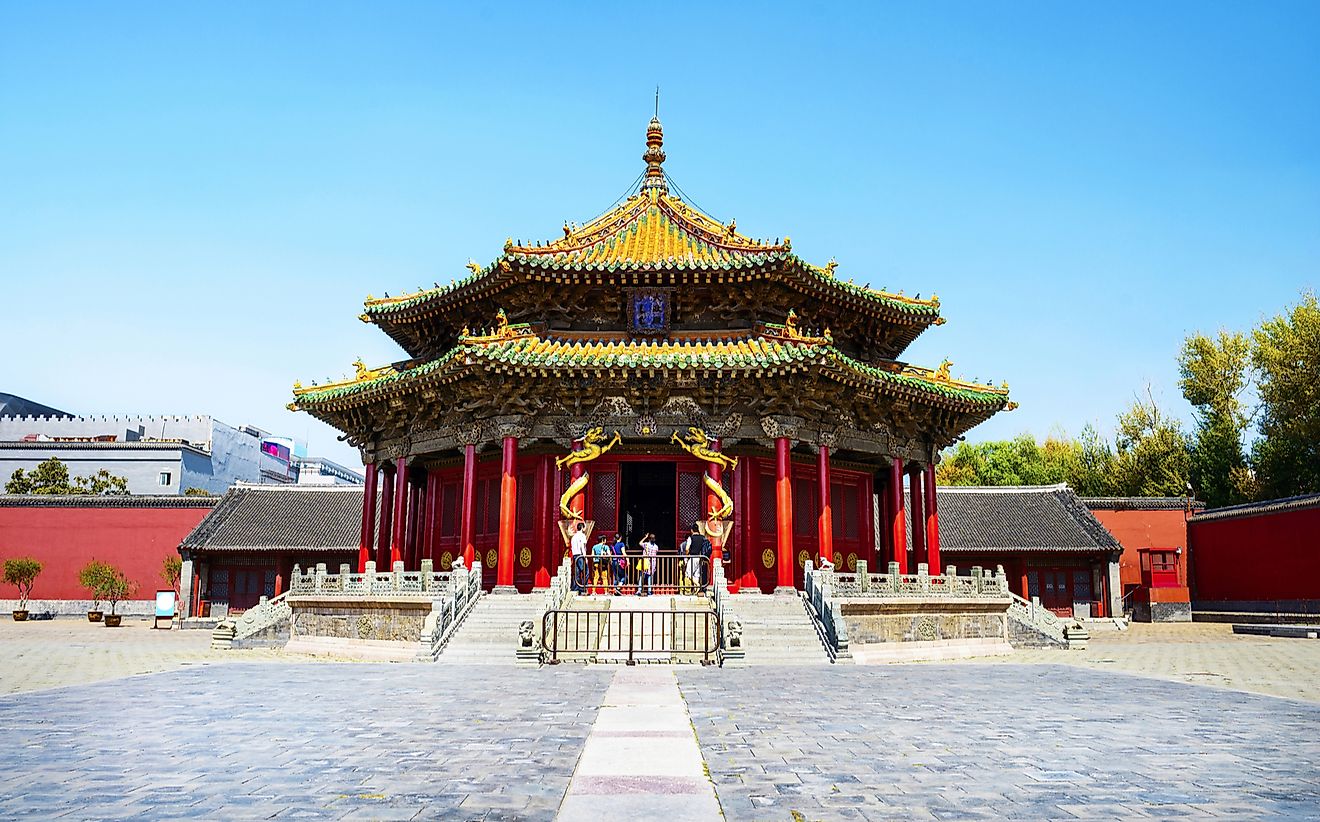Chinese Dynasties in Order

- The Shang dynasty was the first Chinese dynasty that ruled in the middle and lower Yellow River valley.
- Qing dynasty was the last imperial dynasty of China ruled what is now modern day China and Mongolia
- Qin dynasty united all of China under one rule in 221 BC
For centuries, China was ruled by a series of successive dynasties. The history of China as a country is commonly divided is commonly divided into periods ruled by dynasties. There were three main types of dynasties: central plain dynasties, unified dynasties, and conquest dynasties.
The central plain dynasties had their capital cities located within the Central Plain while the unified dynasties were responsible for uniting “China proper.” Conquest dynasties are Chinese dynasties that were founded by the non-Han Chinese. The first dynasty was Xia (2100 BC-1766 BC) but it is considered semi-legendary.
Chinese Dynasties
Shang Dynasty (1766 BC-1047 BC)
Shang Dynasty is considered by modern historians as the first Chinese dynasty. The historians have been able to confirm its existence through the numerous archaeological sites found by the Yellow River. The dynasty ruled the lower Yellow River from 1766 BC to 1047 BC. Its capital was the modern-day Anyang. The Shang Dynasty is associated with the metallurgy of bronze and armory and jewelry techniques. The dynasty was highly hierarchical with King Shang at the top.
Zhou Dynasty (1047 BC-256 BC)
The Zhou Dynasty was one of the most important dynasties in the history of China. The Western Zhou Dynasty ruled China from a period of 275 years from 1047 BC to 771 BC and was replaced by the Eastern Zhou which ruled for 514 years until 256 BC. The Zhou Dynasty gave birth to Taoism and Confucianism and other new ideas including religion such as Moism. The dynasty was also the pioneer of the “Mandate of Heaven” that formed the justification of the ruler’s power.
Qin Dynasty (221BC-206BC)
The Qin Dynasty was one of the shortest dynasties in China, lasting only 14 years. It was the first dynasty of China’s Imperial era. The dynasty was established by Qin Shi Huang Di as the first emperor. The authoritarian emperor was able to unify all China and carried out several conquests including the Seven Warring States. The construction of the Great Wall of China also began during his reign.
Han Dynasty (206BC-220AD)
The Han Dynasty was the second dynasty in Imperial China. It spanned over 4 centuries and is often referred to as China’s golden age. The dynasty is divided into two periods; Western Han (206bc-9ad) and Eastern Han (25AD-220AD). During the period of this dynasty, the paper was invented and Confucianism was also promoted. Other achievements included the opening of the Silk Road and extension of the Chinese border past the Yangtze River.
Qing Dynasty (1644-1911)
The Qing Dynasty was the last Chinese dynasty. It was founded in 1636 but ruled China Proper from 1644 to 1911. The dynasty was established by the Manchu of Manchuria and was highly successful in the 18th century. The Chines Empire was expanded to cover Taiwan, Tibet, Mongolia, and Xinjiang. However, it deteriorated into poverty in 1800 due to revolts and external pressure. The Qing Dynasty was replaced by the Republic of China.
Dynasties that Ruled Simultaneously
Although some of the dynasties ruled China in different periods as a united empire, in some periods more than one dynasty ruled different regions of China. Such divisions included Southern and Northern Kingdoms, Five Dynasties, sixteen Kingdoms, Ten Kingdoms, and Three Kingdoms. Each dynasty considered itself as the legitimate and the others as illegitimate.
Chinese Dynasties in Order
| Rank | Dynasty Name | Years |
|---|---|---|
| 1 | Shang | 1766 BC - 1076 BC |
| 2 | Zhou | 1047 BC - 256 BC |
| 3 | Qin | 221 BC - 206 BC |
| 4 | Han | 206 BC - 220 AD |
| 5 | Jin | 265-420 |
| 6 | Sixteen Kingdoms | 204-409 |
| 7 | Southern and Northern Dynasties | 420-589 |
| 8 | Sui | 581-618 |
| 9 | Tang | 618-907 |
| 10 | Five Dynasties and Ten Kingdoms | 907-960 |
| 11 | Liao | 916-1125 |
| 12 | Song | 960-1279 |
| 13 | Yuan | 1279-1368 |
| 14 | Ming | 1368-1644 |
| 15 | Qing | 1644-1911 |











